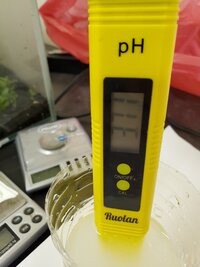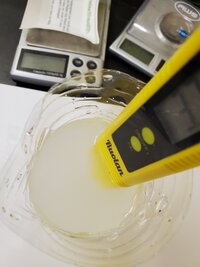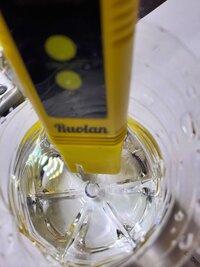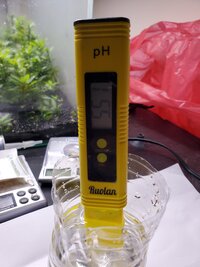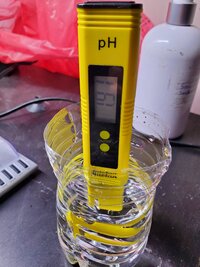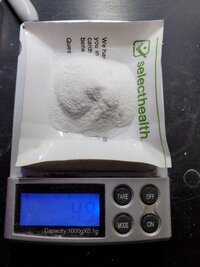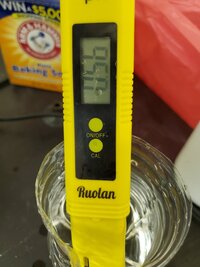@X3NiTHZinc Hydroxide does this, it doesn’t form a sedimenting precipitate unless it’s oxidised (the oxide is a black precipitate) it stays in suspension looking a bit like paper pulp in the water. I am unsure in this instance what precipitation product you may have as long as the water was acidified before the zinc went in and then stayed relatively low then it shouldn’t precipitate.
0.25g of Ascorbic acid is all you need to get a pH low enough around pH3.5 for the traces in 500ml of water. Try a batch with a lower amount of Ascorbic and see if there is any difference.
🙂
1. Should it be 3.5 ph when i start adding trace and then followed with macro or it should around 3.5ph after adding micro then need to add trace.
2. Is it ok go even lower like 2-2.5ph ? When starting to add micro then followed with macro or vise versa







